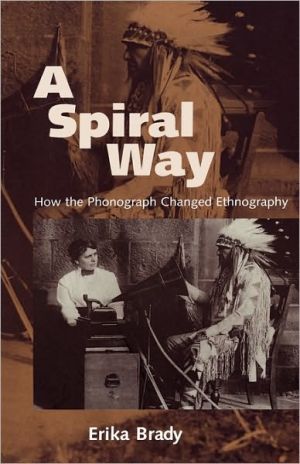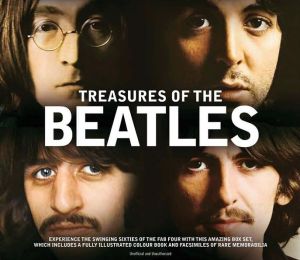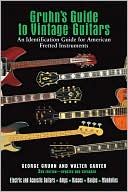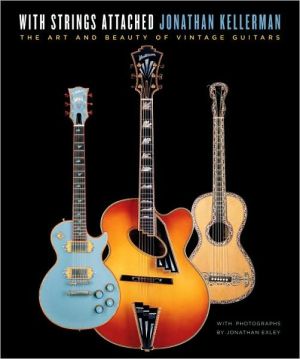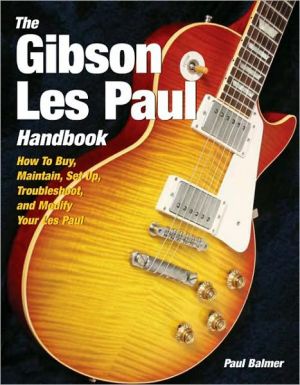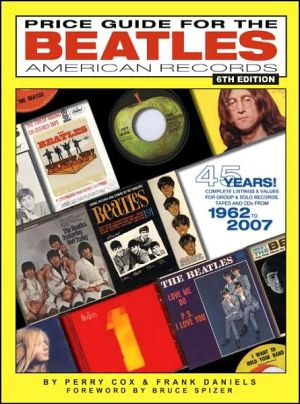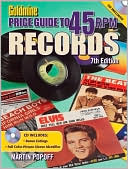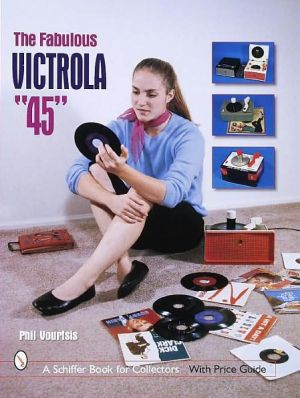A Spiral Way: How the Phonograph Changed Ethnography
The invention of the cylinder phonograph at the end of the nineteenth century opened up a new world for cultural research. Indeed, Edison's talking machine became one of the basic tools of anthropology. It not only equipped researchers with the means of preserving folk songs but it also enabled them to investigate a wide spectrum of distinct vocal expressions in the emerging fields of anthropology and folklore. Ethnographers grasped its huge potential and fanned out through regional America...
Search in google:
The way Edison's talking machine brought the study of ethnic cultures into the modern eraLibrary JournalBrady (folk studies, Western Kentucky Univ.) critically explores the early use of and controversy surrounding the phonograph in anthropology and folklore research. First wax cylinders and then discs recorded the myths, music, language, and religious ceremonies of vanishing Native American (Crow, Hopi, Navajo, Omaha, Ute, and Zuni) cultures. With restraint and candor, Brady reports on the pioneering work of Jesse Walter Fewkes and Frank Hamilton Cushing and discusses the social problems always inherent within the complex relationships among collector and informant and machine in anthropological fieldwork. Her own glimpses into the methodological ideas of Franz Boas and Ernst Mach (among others) reveal the emerging empiricism that dominated the social sciences at the beginning of the 20th century. Brady emphasizes the scientific value of phonograph recordings in preserving aspects of those cultures that have changed or disappeared. For social scientists, this is a unique and important contribution to the history of ethnography. Highly recommended for all large academic and public anthropology collections.--H. James Birx, Canisius Coll., Buffalo, NY Copyright 1999 Cahners Business Information.
AcknowledgmentsIntroduction: "Fugitive Sound Waves," Fugitive Voices11The Talking Machine: A Marvelous Inevitability112A Magic Speaking Object: Early Patterns of Response to the Phonograph273Collectors and the Phonograph: "Save, Save the Lore!"524Performers and the Phonograph: The Box That Got the Flourishes895A Spiral Way: Bringing the Voices Home118Notes127References135Index149
\ Library JournalBrady (folk studies, Western Kentucky Univ.) critically explores the early use of and controversy surrounding the phonograph in anthropology and folklore research. First wax cylinders and then discs recorded the myths, music, language, and religious ceremonies of vanishing Native American (Crow, Hopi, Navajo, Omaha, Ute, and Zuni) cultures. With restraint and candor, Brady reports on the pioneering work of Jesse Walter Fewkes and Frank Hamilton Cushing and discusses the social problems always inherent within the complex relationships among collector and informant and machine in anthropological fieldwork. Her own glimpses into the methodological ideas of Franz Boas and Ernst Mach (among others) reveal the emerging empiricism that dominated the social sciences at the beginning of the 20th century. Brady emphasizes the scientific value of phonograph recordings in preserving aspects of those cultures that have changed or disappeared. For social scientists, this is a unique and important contribution to the history of ethnography. Highly recommended for all large academic and public anthropology collections.--H. James Birx, Canisius Coll., Buffalo, NY Copyright 1999 Cahners Business Information.\ \
